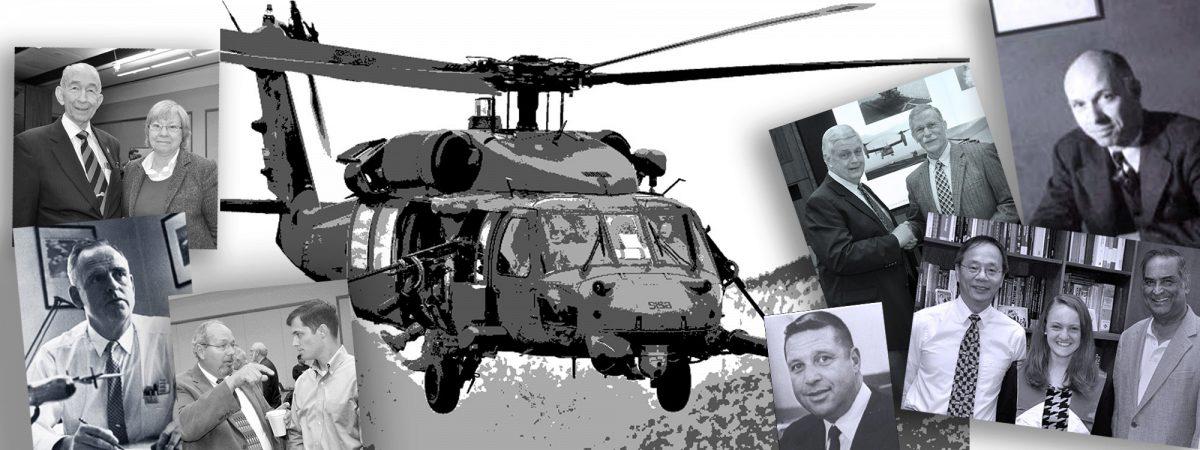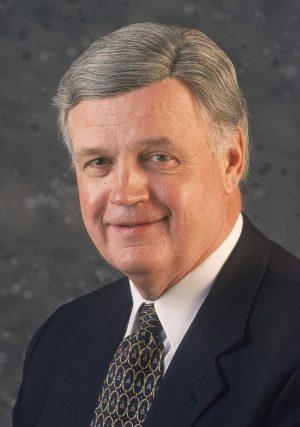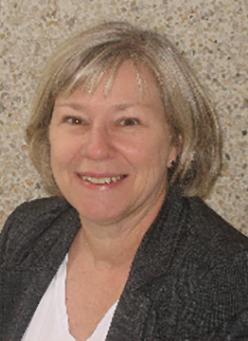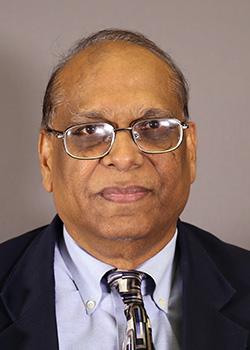
The American Helicopter Society (AHS) International announced this week that it has selected the Daniel Guggenheim School of Aerospace Engineering for inclusion in its Vertical Flight Heritage Sites, a distinction earned by just 10 sites worldwide.
The School is one of two 2018 designates who will formally receive the honor during ceremonies to be held at the AHS International Forum in May. The other site is Great Britain's Weston-super-Mare Airport.
Established in 2013, the Vertical Flight Heritage Sites Program recognizes and helps preserve locations that have made noteworthy and significant contributions in both the theory and practice of helicopter and other VTOL aircraft technology.
That description perfectly fits the Daniel Guggenheim School, an institution that has, over many decades, attracted some of the top rotorcraft talent from industry and academia to refine and propel vertical lift research. Many consider the school to be the birthplace of formal university-level rotorcraft education in the United States. And they have good reason.
"The history of rotorcraft education and research at Georgia Tech extends back to the very birth of its original Department of Aeronautical Engineering," said Prof. Daniel Schrage, a globally recognized rotorcraft expert and helicopter pilot who helped design such icons as the UH-60 Black Hawk, the AH-64 Apache, the CH-47D Chinook, and the OH-58D Kiowa Warrior. The VLRCOE has gone on to become a National Vertical Flight Center by including other leading technical universities as collaborators as Iowa State, Michigan, Ohio State, Purdue, University of Texas Arlington, and Washington U. (St. Louis).
"The first chair of what is now Georgia Tech's AE school, Montgomery Knight, was a pioneer in helicopter aeromechanics whose research introduced rotorcraft as a discipline to a new generation of students. His investigations of helicopter design and aeromechanics involved reactionless rotors. A substantial scale single rotor helicopter design was tested here, too; its rotor blade still exists on campus."
During WWII, Georgia Tech's AE School supported the war effort with research for the Nemeth Helicopter Corporation, the Glenn L. Martin Company, and the United Aircraft’s Research Division. It is presumed that the research at United Aircraft focused on helicopters because it was led by Igor Sikorsky, a renowned champion of the discipline. Meanwhile, Georgia Tech's AE School continued to pursue rotorcraft innovation under the leadership of faculty that included Don Dutton, Walter Castles, John Harper, Robin Gray and Arnold Ducoffe.
Two of those pioneers, Gray and Ducoffe, were instrumental in establishing the first externally funded Rotorcraft Center of Excellence (RCOE) at Georgia Tech in 1982. Now referred to as the Vertical Lift Research Center of Excellence (VLRCOE), that center conducts basic research focused on scientific barriers in technologies that support current and future vertical lift capabilities. VLRCOE funding allows for the establishment of state-of-the-art research programs at academic institutions like Georgia Tech that have broad-based graduate education programs capable of making significant contributions to vertical lift research and technology.
Alumni have continued to augment the VLRCOE's reputation through their accomplishments in the private sector, the military, and academia. As recently as 2018, Bell Flight executive Al Brand, Ph.D.,was named an AHS Technical Fellow and William Lewis, Ph.D., the Aviation Development Director for the Army's Aviation and Missile Research, Development and Engineering Center (AMRDEC), was named an AHS Honorary Technical Fellow.
The hugely successful center has been continually renewed for funding from a consortium of sponsors that includes the US Army, US Navy, and NASA for more than 30 years. For most of that time, Schrage has served as the director, a role that perfectly fits the Vietnam War veteran and West Point graduate. In recent years, he has been joined by two other respected rotorcraft innovators, AE professors J. V. R. Prasad and Marilyn Smith, as associate directors.
"I am proud to be associated with a School that has doggedly pursued the complex problems posed by modern rotorcraft research," said Smith. "The demands of this research have grown in their complexity over time, especially with the introduction of UAVs. But even as the difficulty has blossomed, the AE School has kept ahead of the challenge, training the best and the brightest to continue the legacy into the future."

Prof. Daniel Schrag

Prof. Marilyn Smith

Prof. J. V. R. Prasad
(text and background only visible when logged in)